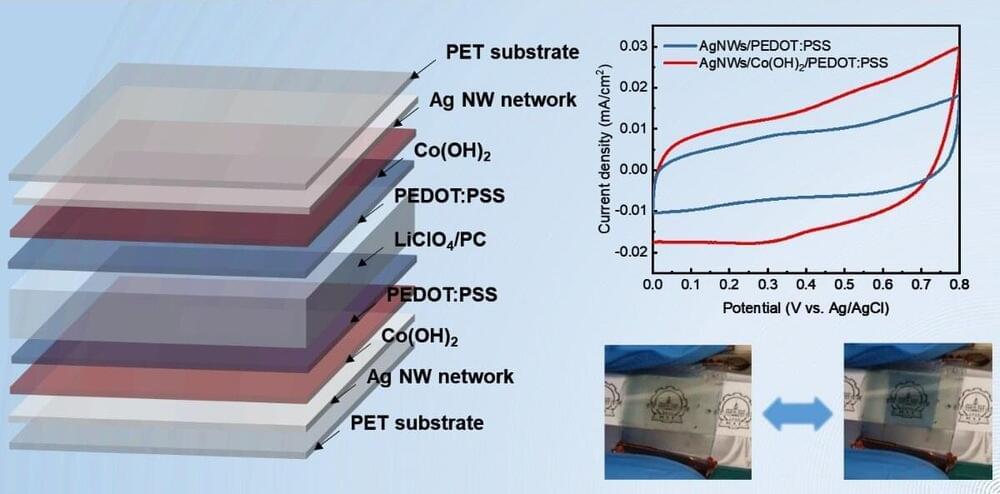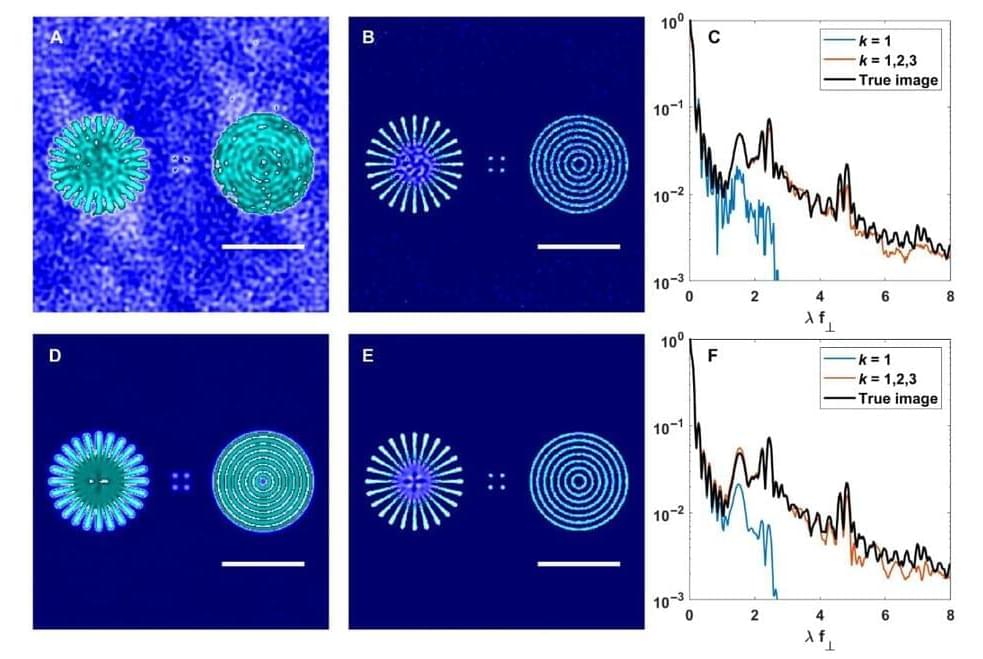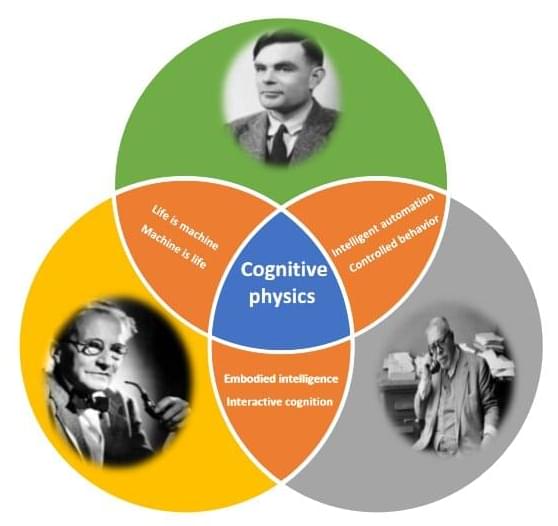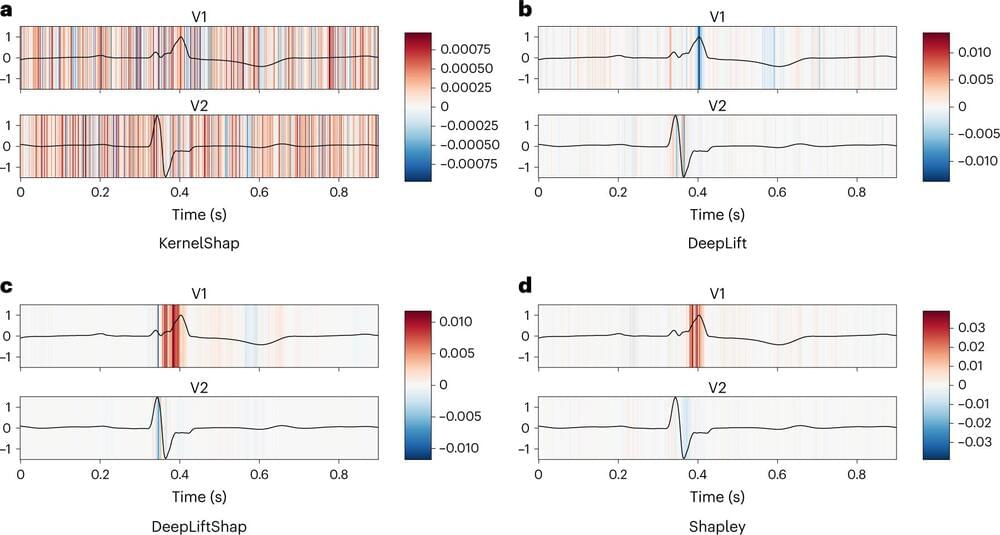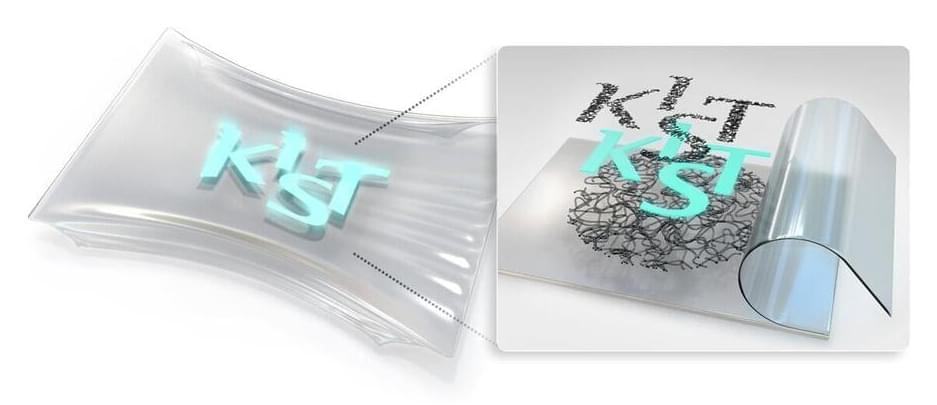
A Korean research team has developed a large-scale stretchable and transparent electrode for use as a stretchable display. The Korea Institute of Science and Technology (KIST) announced that a research team, led by Dr. Sang-Soo Lee and Dr. Jeong Gon Son at KIST’s Photo-Electronic Hybrids Research Center, has developed a technology to fabricate a large-area (larger than an A4 sized paper) wavy silver nanowire network electrode that is structurally stretchable with a high degree of conductivity and transparency.
Transparent electrodes, through which electricity flows, are essential for solar cell-and touchscreen-based display devices. An indium tin oxide (ITO)-based transparent electrode is currently commercialized for use. The ITO-based transparent electrode is made of a thin layer of metallic oxides that have very low stretchability and is very fragile. Thus, the ITO electrode is not well suited for flexible and wearable devices, which are expected to quickly become mainstream products in the electronic device market. Therefore, it is necessary to develop a new transparent electrode with stretchability as one of its main features.
A silver nanowire is tens of nanometers in diameter, and the nano material itself is long and thin like a stick. The small size of the nanowire allows it to be bent when an external force is applied. Since it is made of silver, a silver nanowire has excellent electrical conductivity and can be used in a random network of straight nanowires to fabricate a highly transparent and flexible electrode. However, despite the fact that silver nanowire is bendable and flexible, it cannot be used as a stretchable material.




